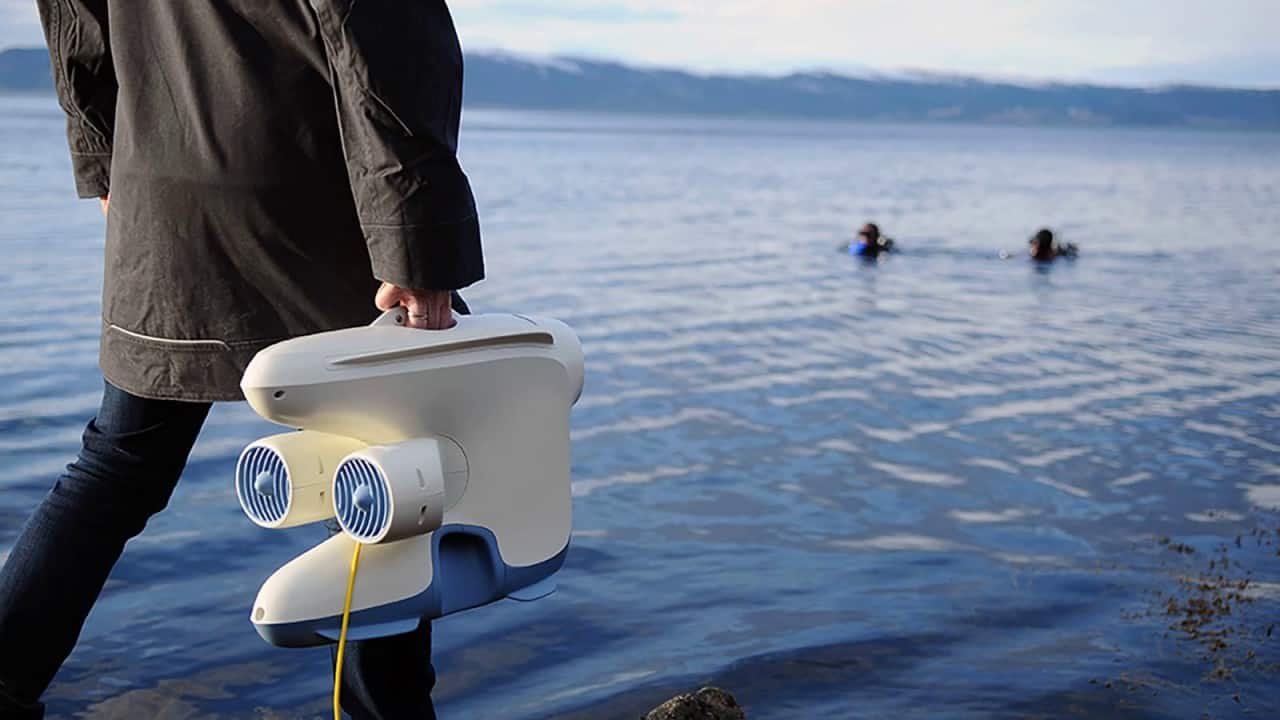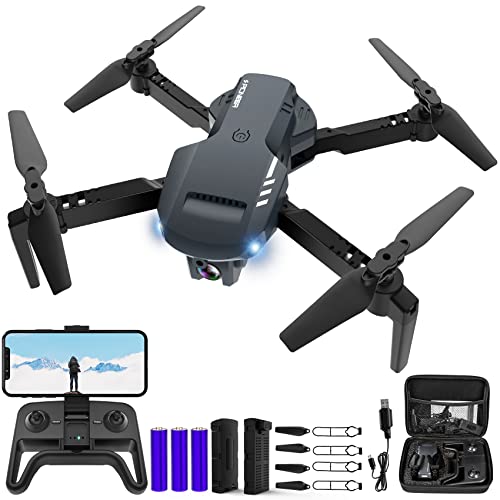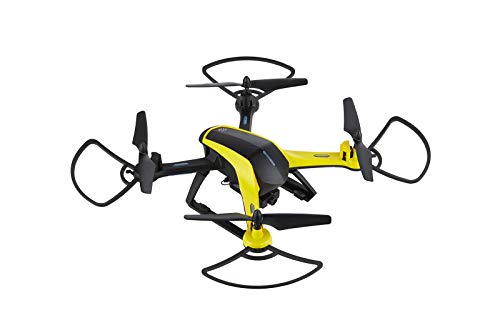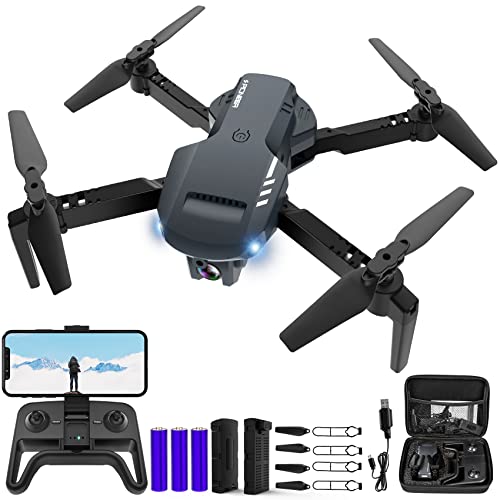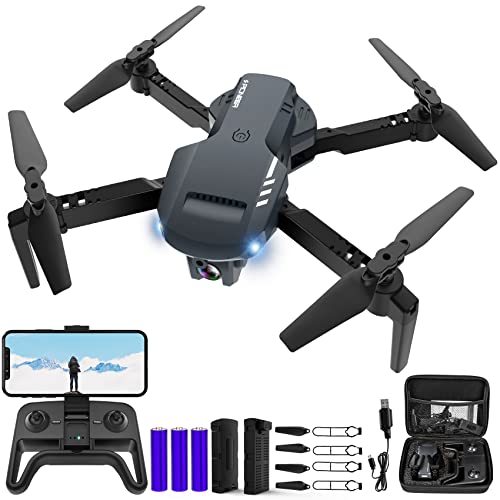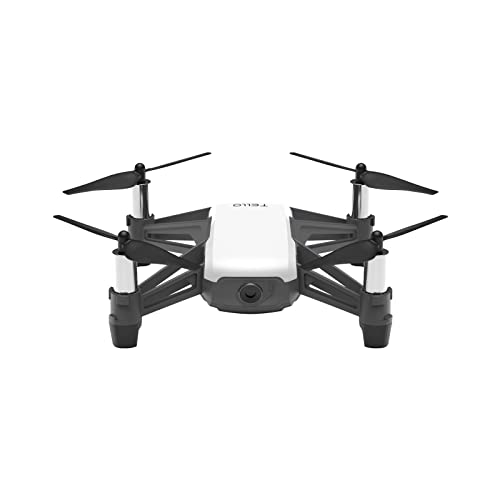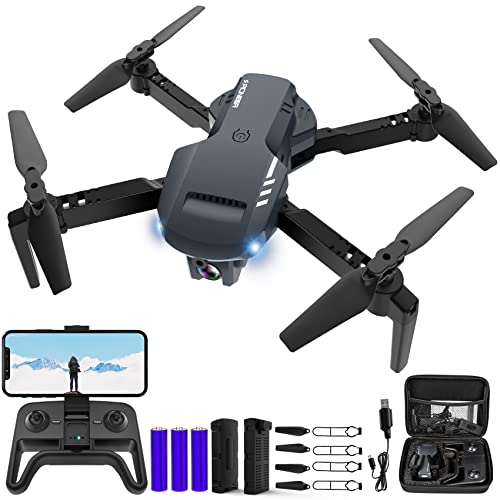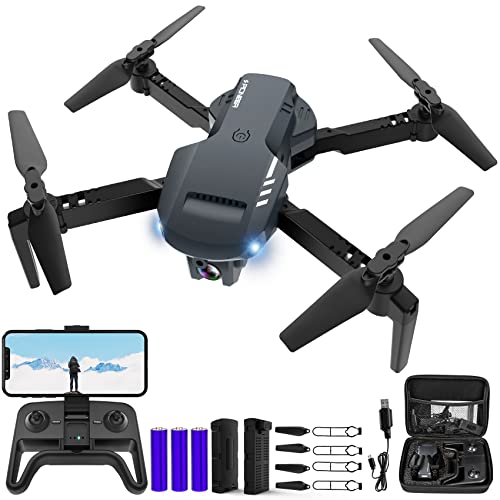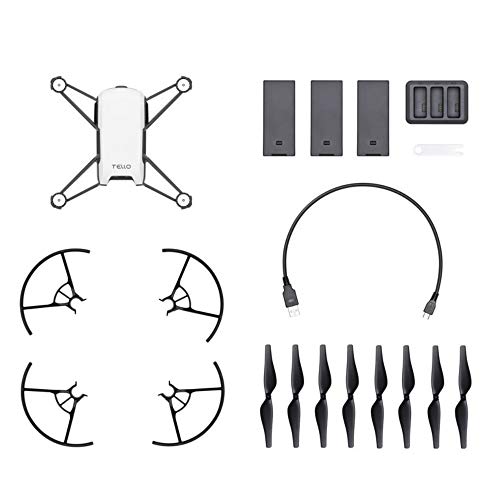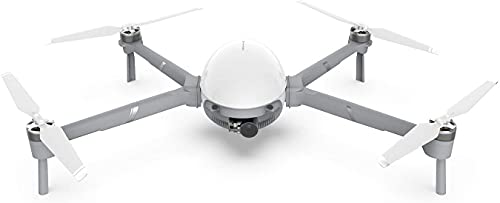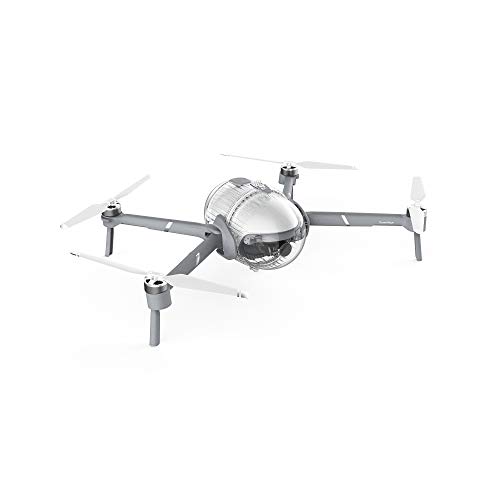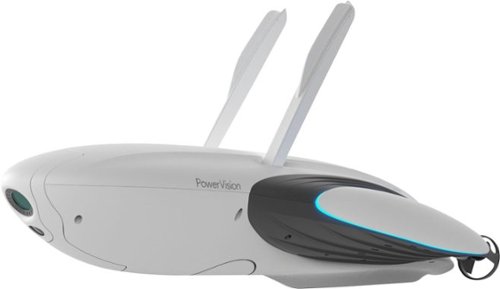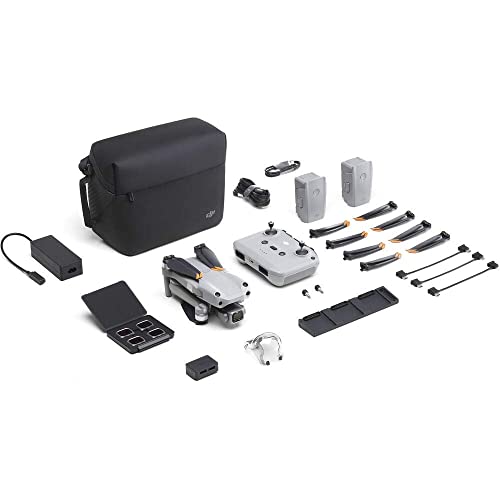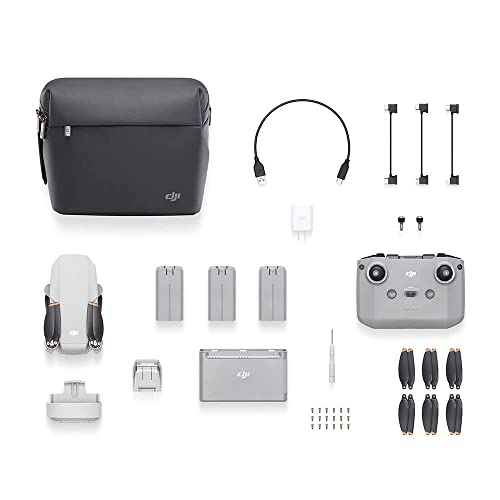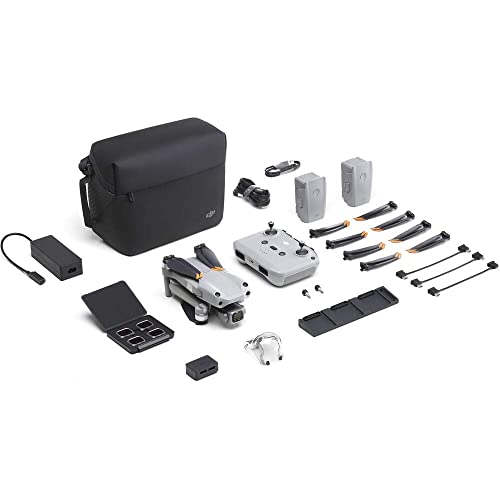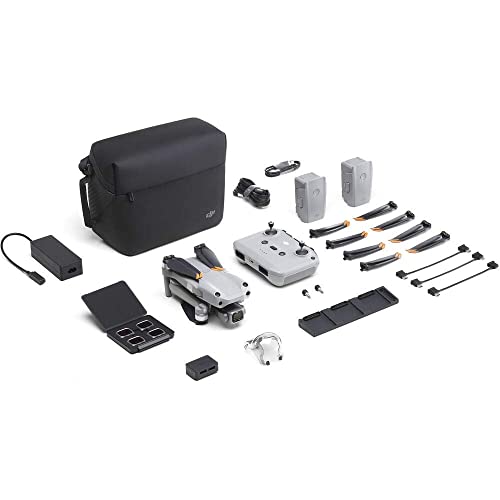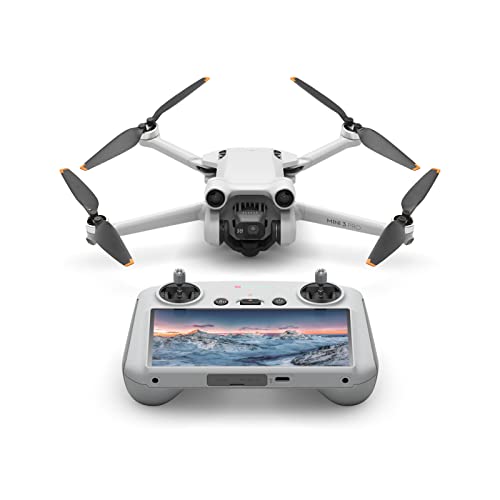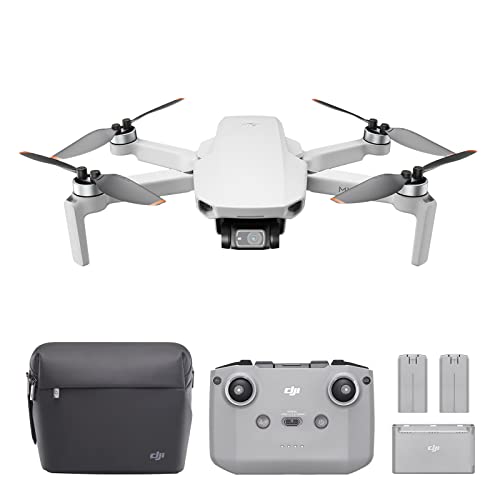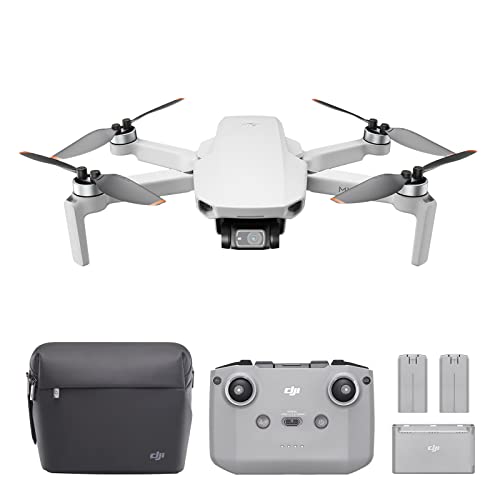If you’re a drone operator looking for the best drones on the market, you’ll need to know how high can a drone fly legally. Staying in uncontrolled airspace is crucial to staying out of trouble. Keeping up with the laws on how high drones can fly is paramount to successfully piloting your unmanned aircraft. Keep your flight plan within legal limits, and you’ll be in good shape.
KEY TAKEAWAYS:
- Those who choose to be recreational drone pilots must adhere to specific rules and regulations regarding unmanned aircraft or face severe penalties.
- Recreational drone pilots must follow a 400-foot limit to stay within uncontrolled airspace.
- The 400-foot limit doesn’t necessarily apply to a commercial drone pilot, and they may have a higher maximum altitude depending on need and licensing.
The Maximum Altitude for Unmanned Aircraft
All professional drone pilots know the laws like the back of their hands. Even though many might be ignorant of it, hobbyist drone flyers are not immune to these laws.
Insider Tip
Updating your drone firmware can increase the maximum height or distance it can fly.
It’s crucial to understand how many feet above ground level you can fly your unmanned aircraft. You wouldn’t want to inadvertently interfere with other manned aircraft, for example. As such, the Federal Aviation Administration dictates that you can fly no higher than 400 feet above ground level at the uppermost limit.
The Reasons Behind Altitude Limits
There are several reasons why you’re only allowed to fly recreational drones in uncontrolled airspace. As noted above, the biggest is that you don’t want to interfere with manned aircraft.
Exceptions do exist, however. This 400-foot limit does not apply to military drones, however. How far military drones can fly and at what altitude is entirely up to the technology used. There are also special circumstances where a commercial drone pilot will need to go well above that.
You should also look into how close you can fly a drone to an airport. Drone laws are no joke, and air traffic control is not something you want to mess with.
The 400-Foot Radius Rule
Another rule for recreational drone pilots to keep in mind is that consumer drones must provide a 400-foot radius around a building. The building’s 400-foot radius keeps any tall building you’re around safe from potential collisions.
After all, tall structures can pose as much of a threat to your drone operation as you can pose to those pieces of infrastructure.
Warning
Ensure that you know all of the No-Fly zones around you before commencing with drone operation. This is true for all drone regulations, however.
F.A.Q.S
Why is there a limit for drone flight regarding altitude?
The 400-foot rule is there to keep everybody safe. A 400-foot altitude limit should be plenty enough for recreational drone pilots to be able to enjoy themselves.
Are drones visible on the radar if they’re flying within the legal restrictions?
All recreational drone flights can be seen on radar systems, especially if the pilot observes operating limitations. Unmanned aircraft systems must be visible for safety reasons.
What are the penalties for recreational drone pilots flying out of the legal height limit?
Hopefully, there are no drone incidents caused by the lack of foresight that comes with ignoring the 400-foot rule. The Federal Aviation Administration will dole out steep penalties for those that do.
What’s the max height that a drone can fly?
Generally, 33,000 feet is the highest that any drone can fly. However, advanced military models have been able to get as high as 50,000 feet.
STAT: 40 percent of surveyed consumers were interested in using drones to deliver daily medication for chronic diseases to patients with limited mobility. (source)
REFERENCES:














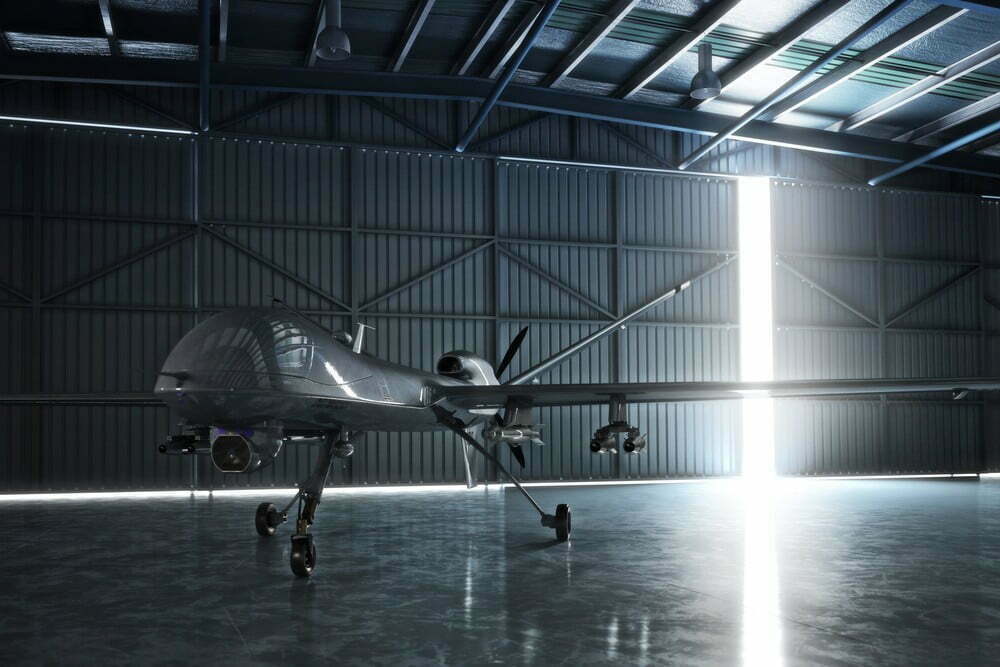
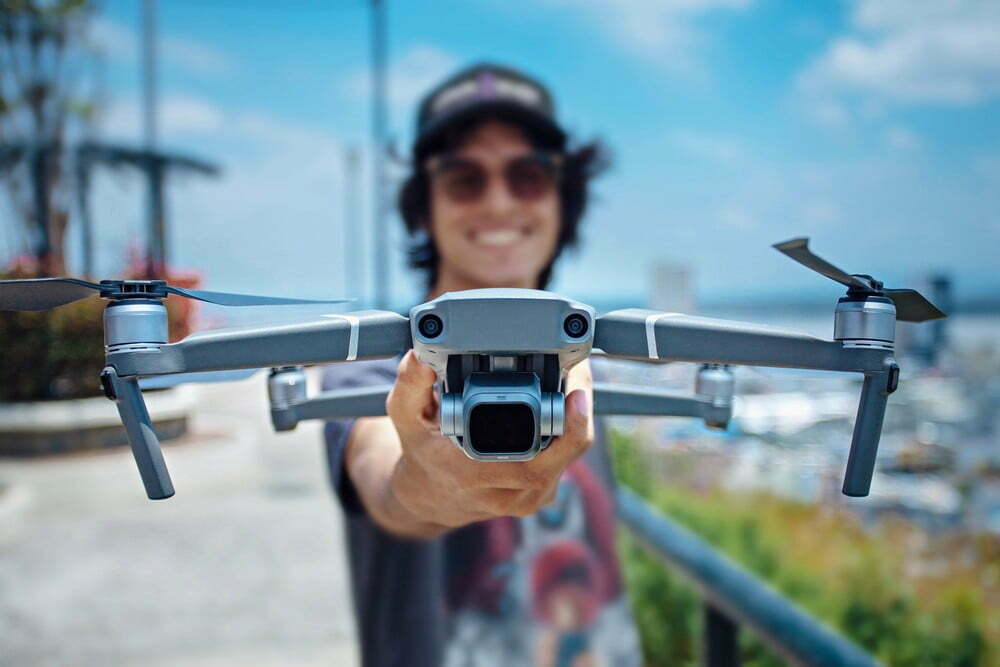
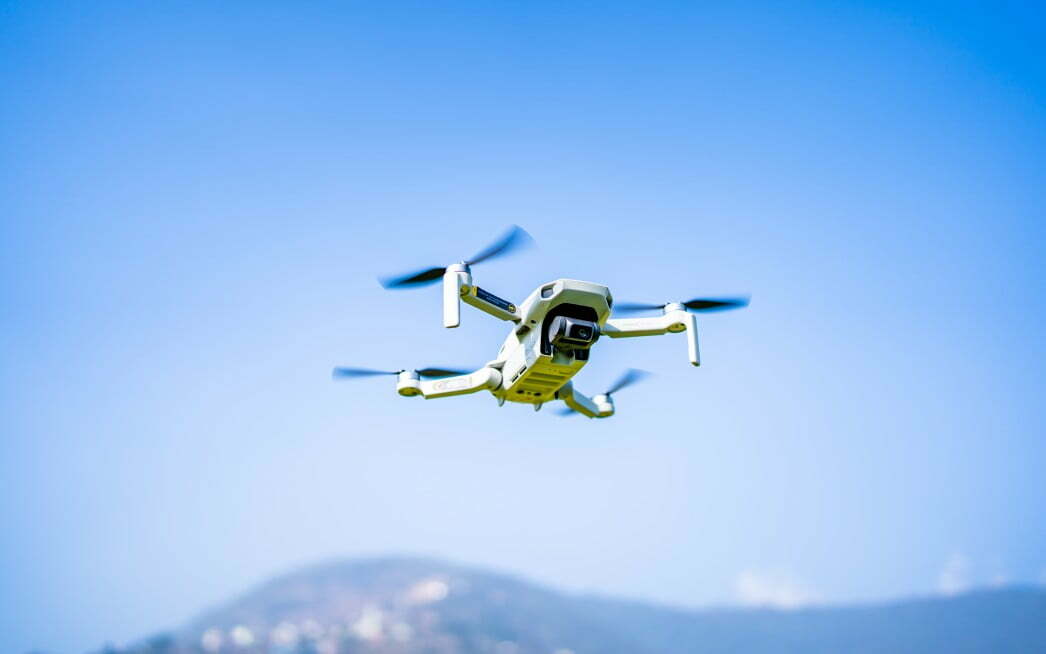
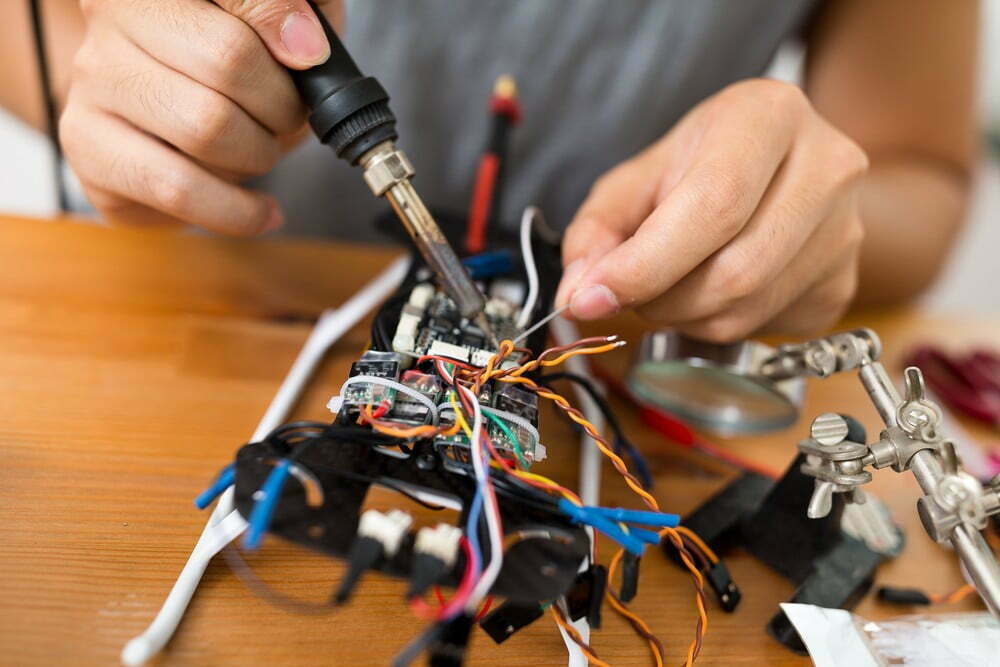
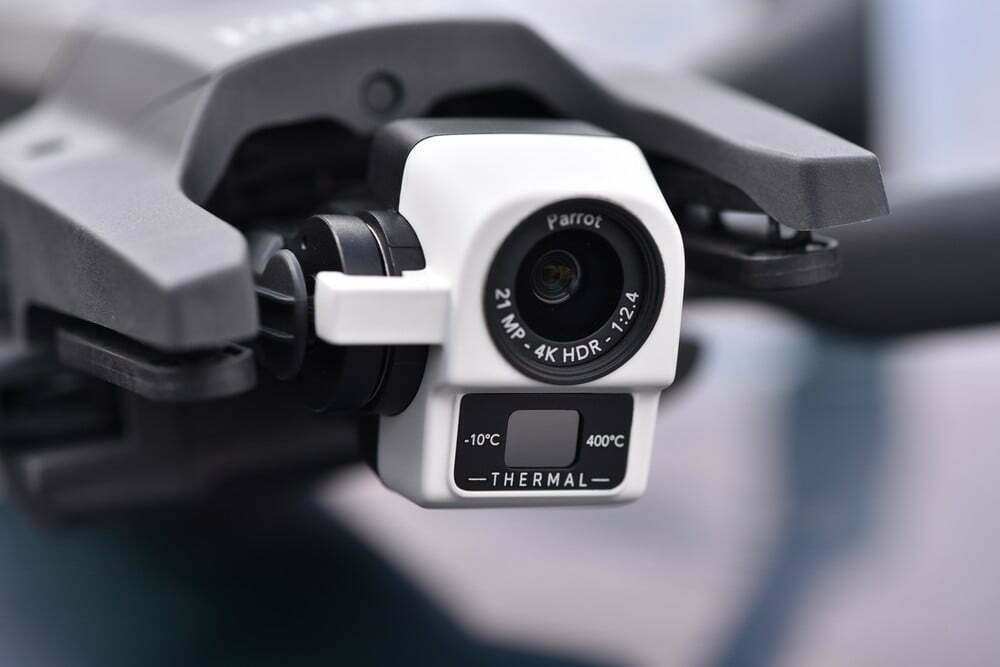
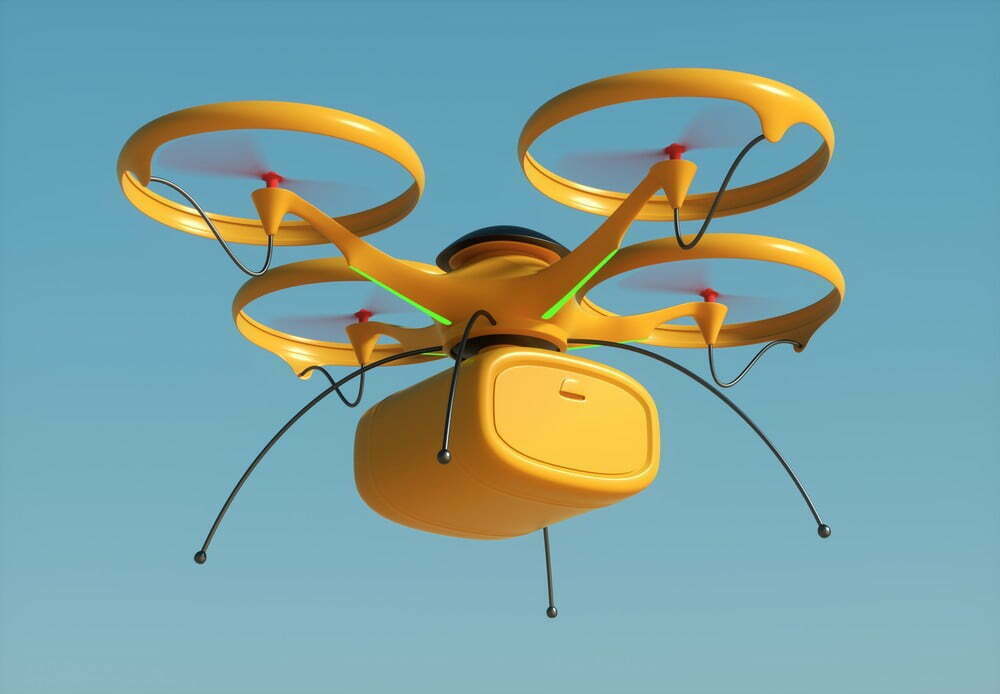
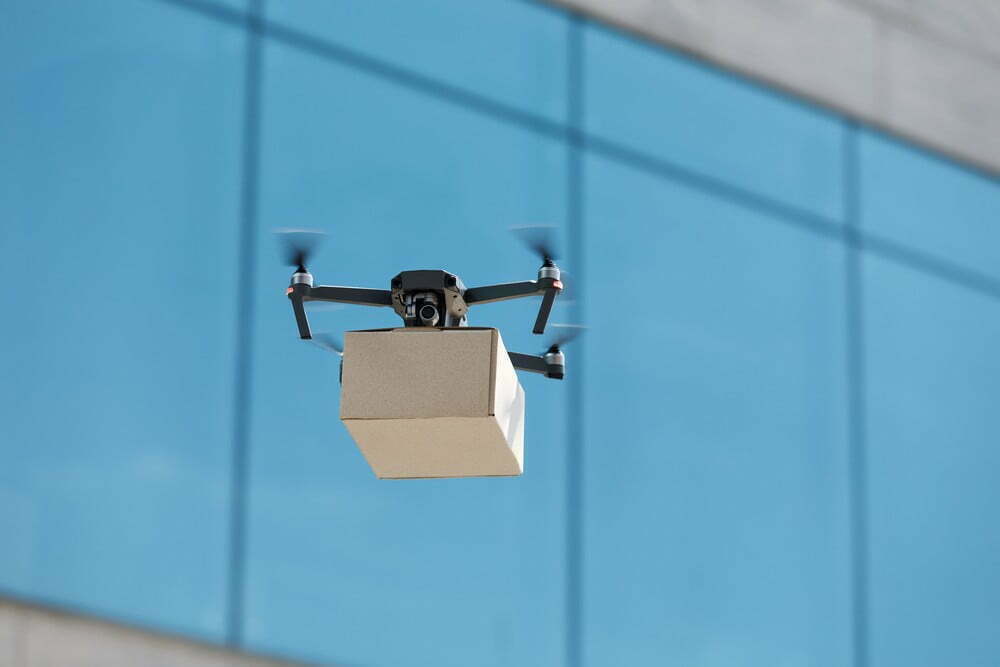
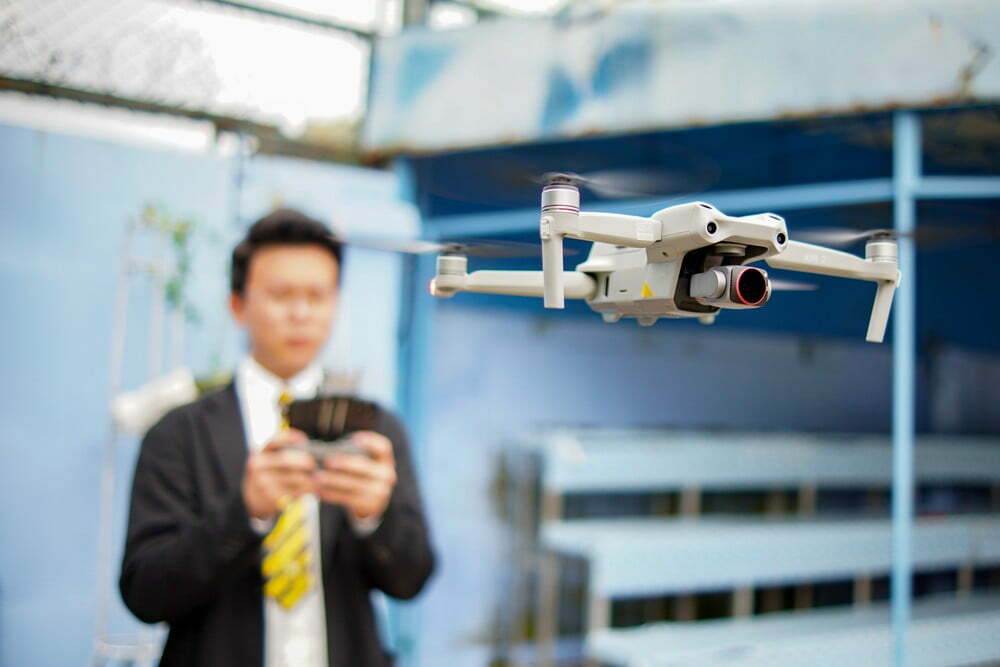
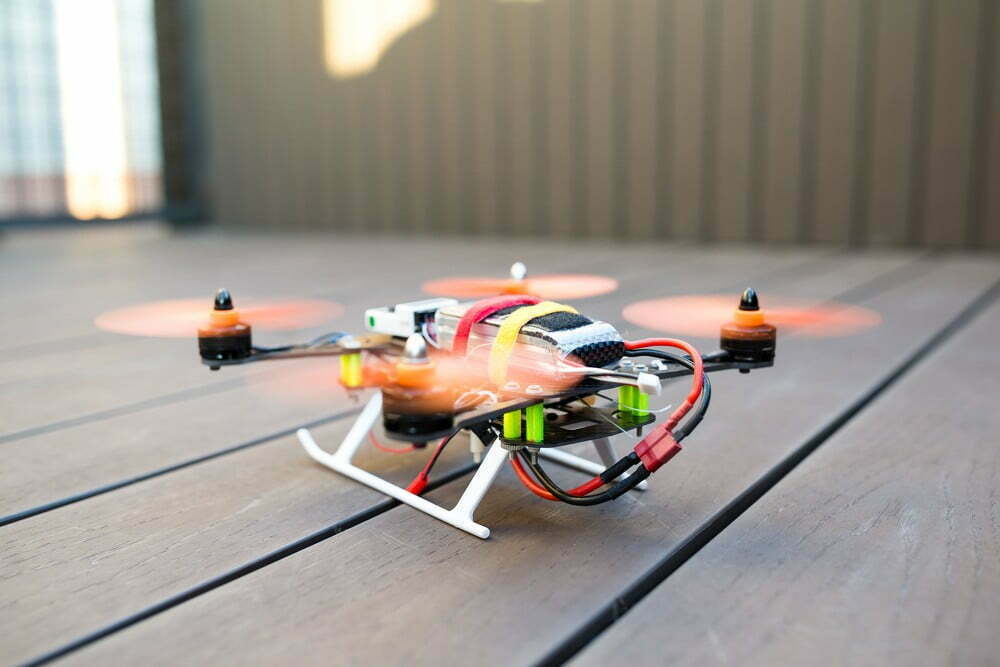
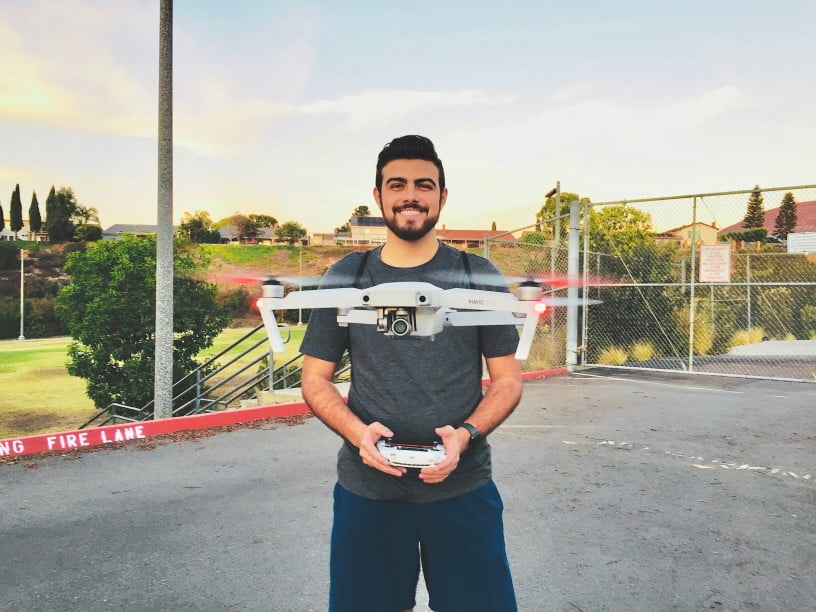
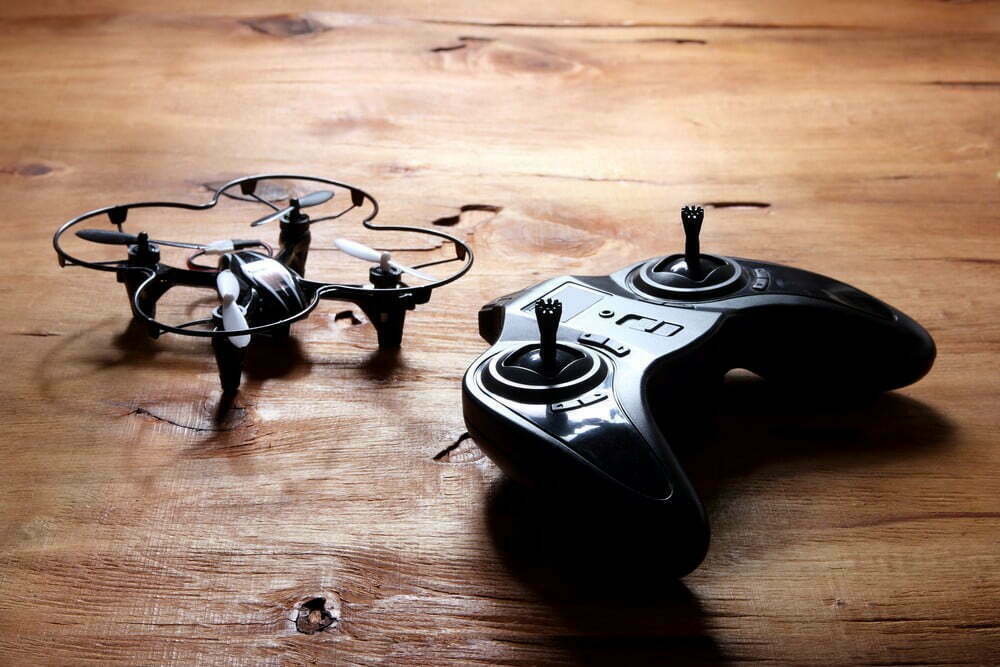
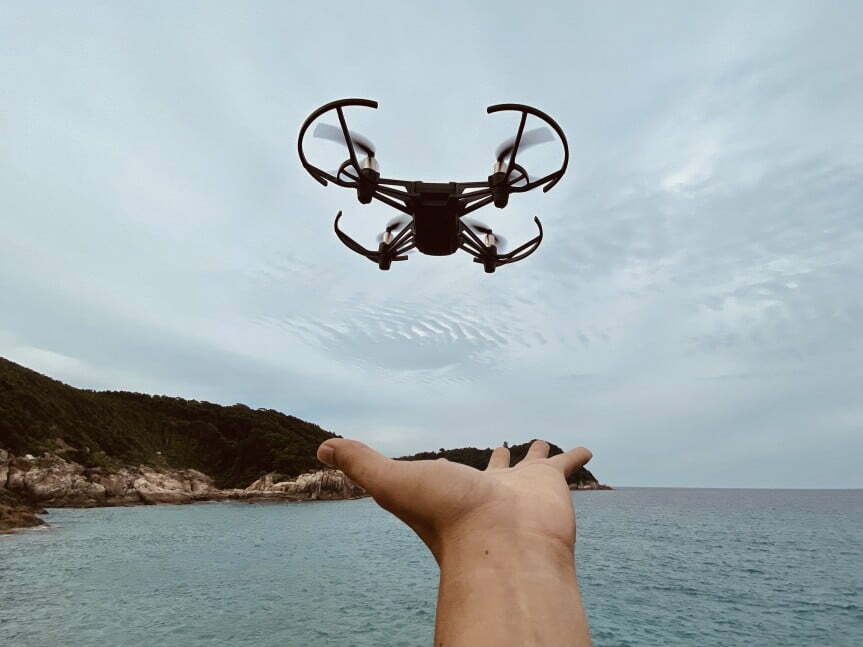
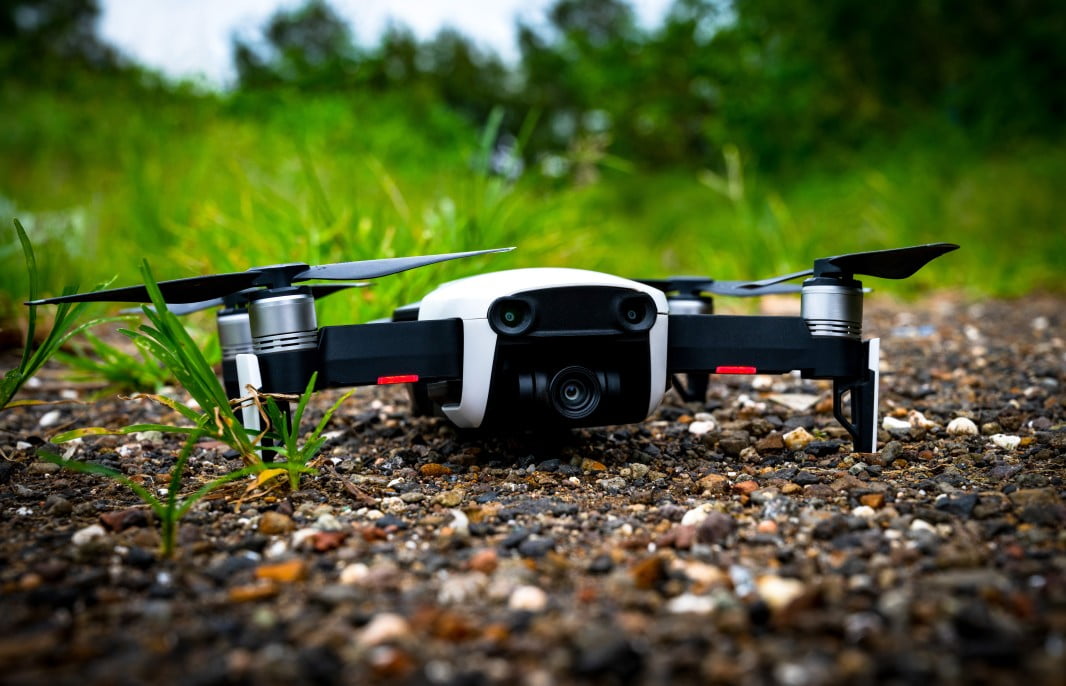
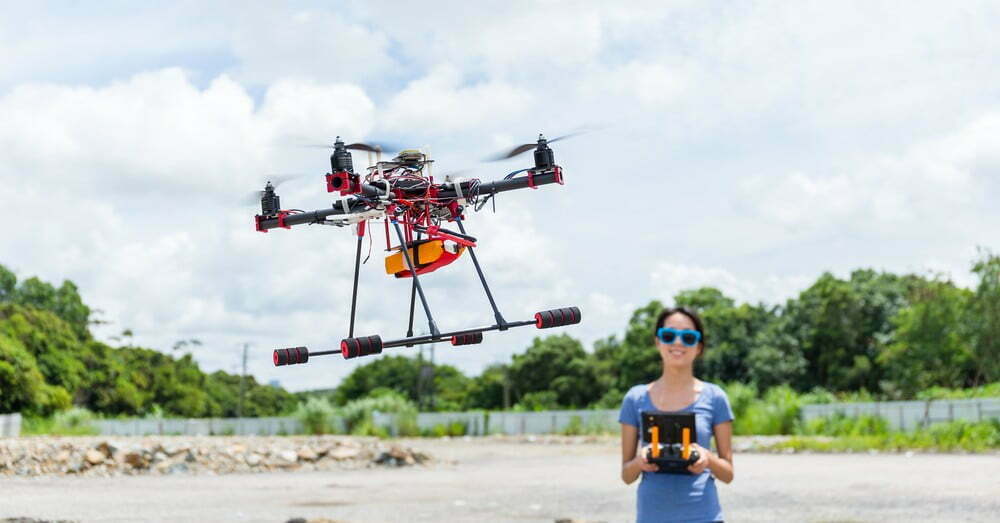
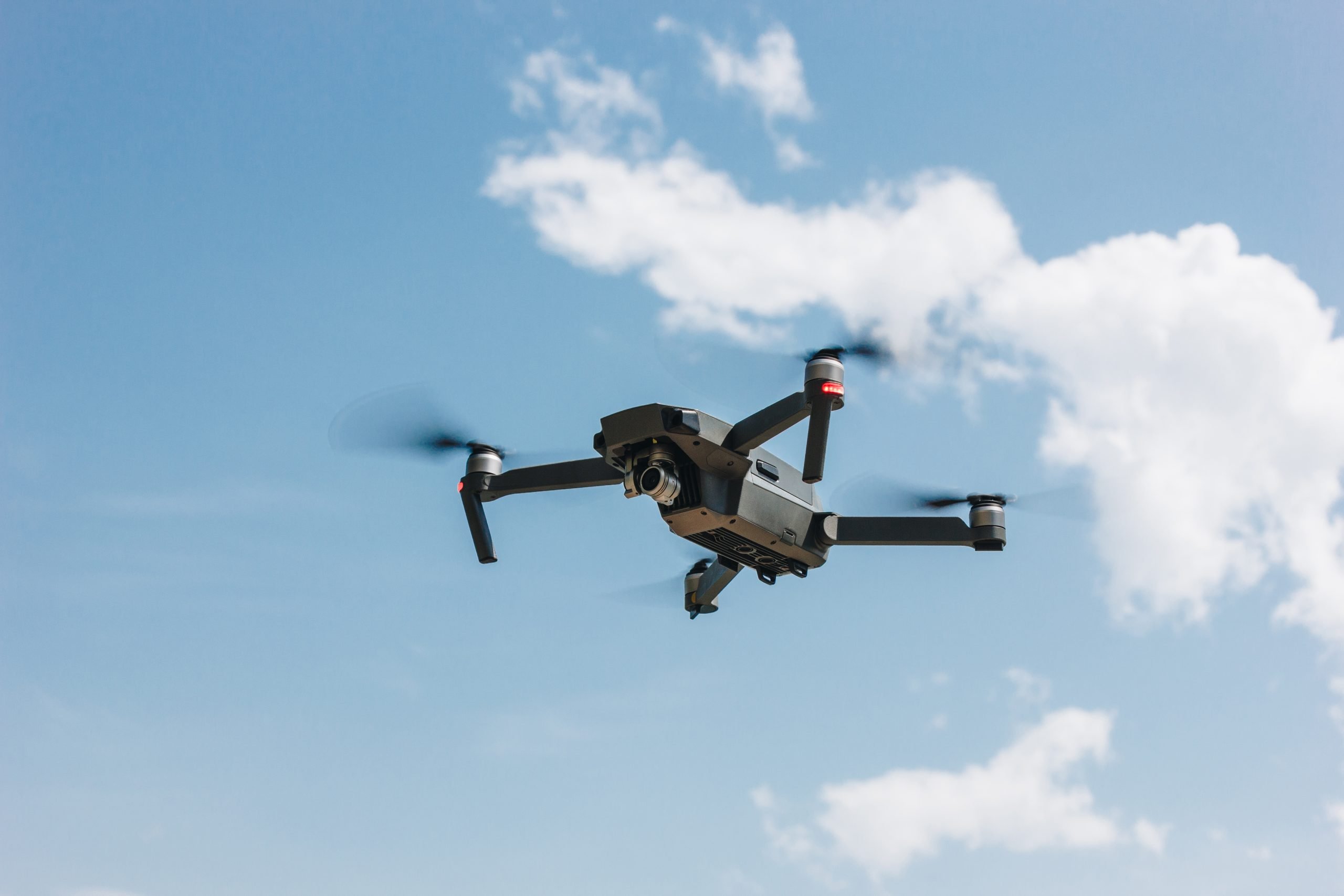
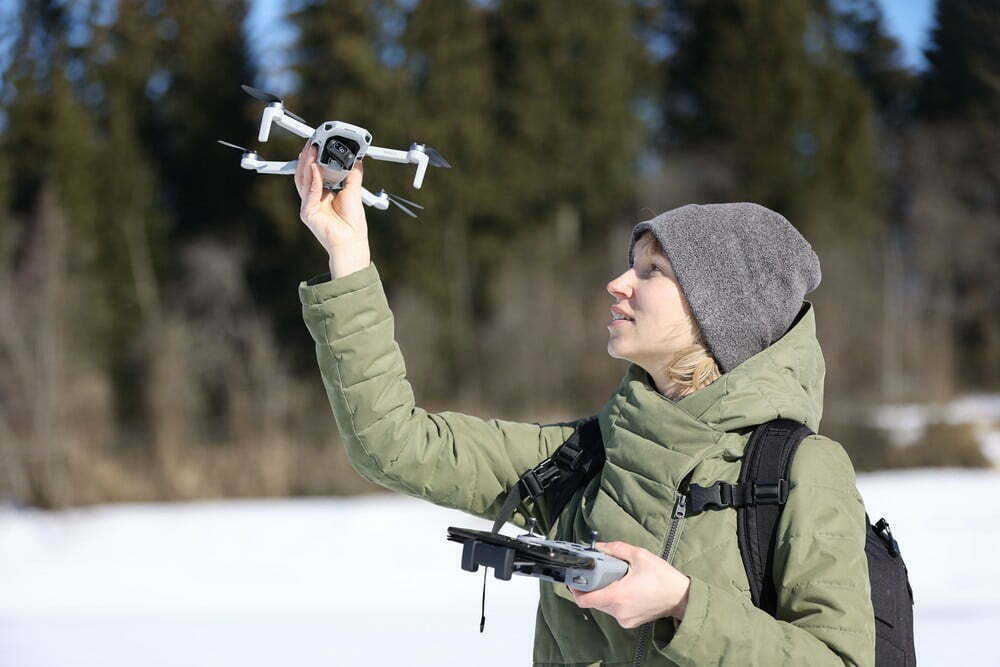
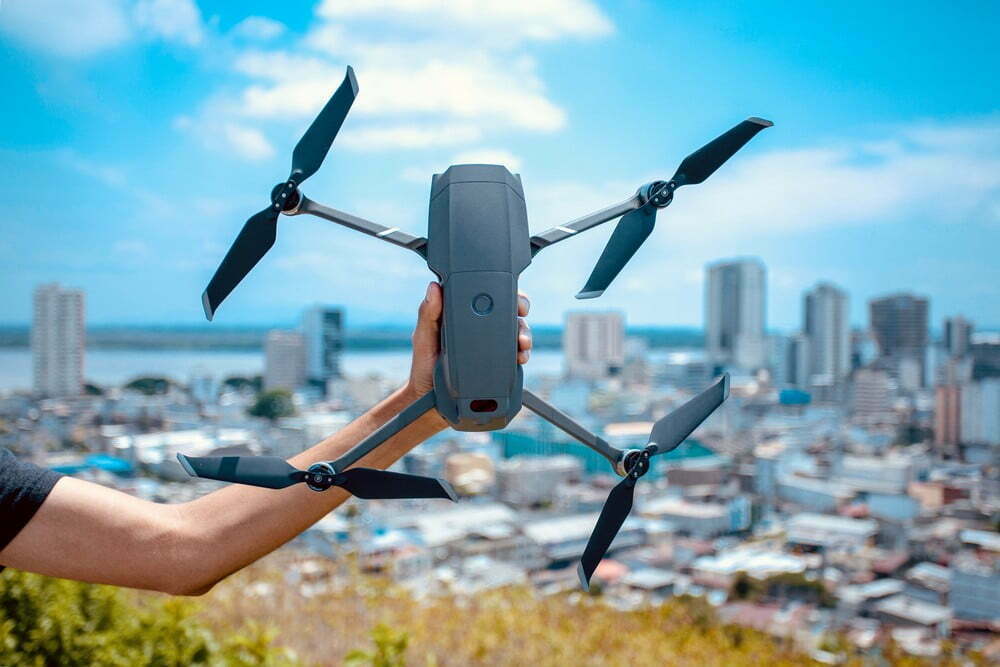
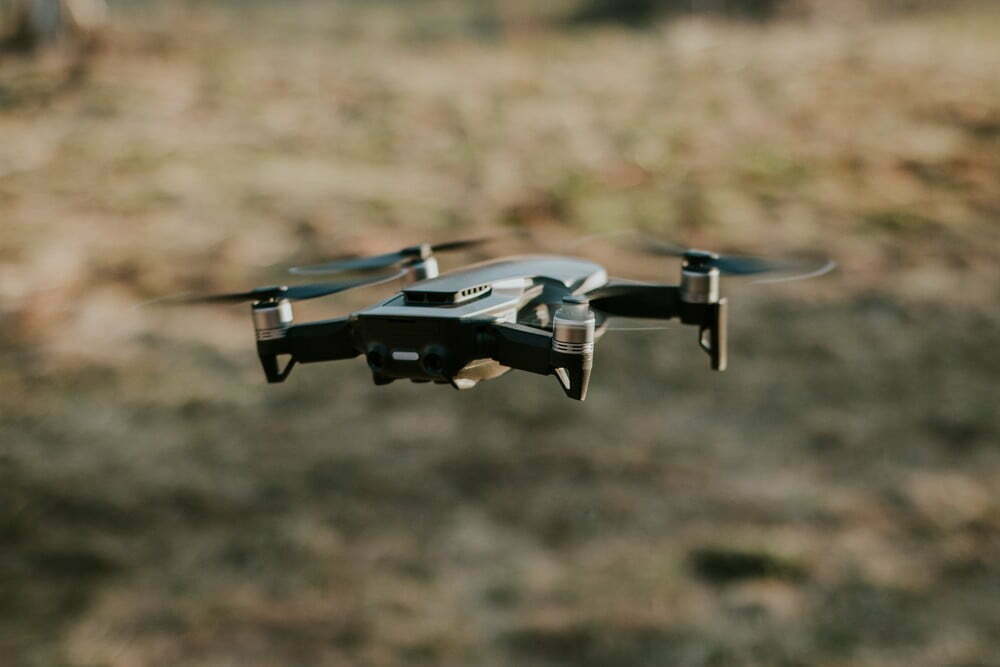
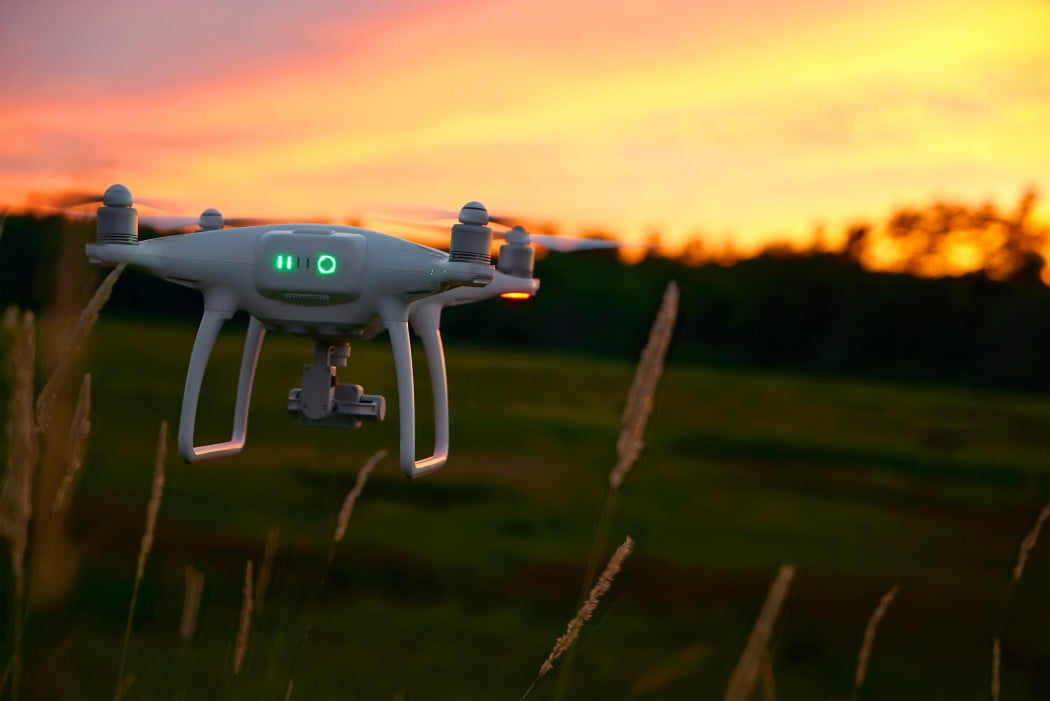
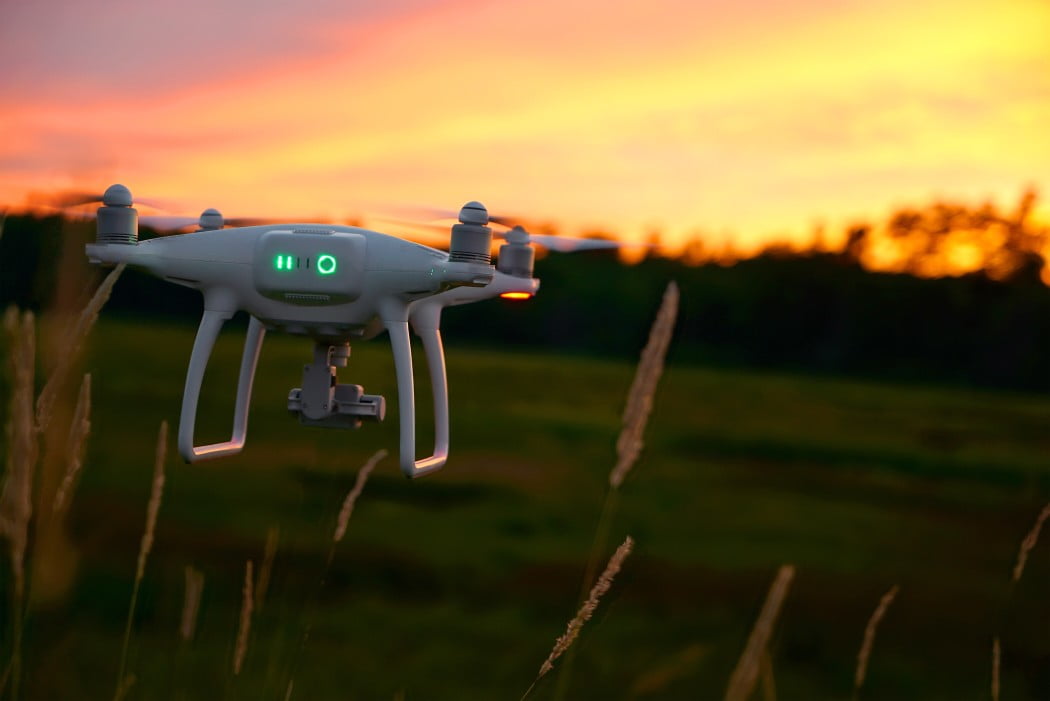
![Best Drones Under the Cost of Ferrari in [year] 26 Best Drones Under the Cost of Ferrari in 2025](https://www.gadgetreview.dev/wp-content/uploads/image-test-3.jpg)
![10 Best VR Drones in [year] 27 10 Best VR Drones in 2025](https://www.gadgetreview.dev/wp-content/uploads/Best-VR-Drone.jpg)
![10 Best Drones for Beginners in [year] 28 10 Best Drones for Beginners in 2025](https://www.gadgetreview.dev/wp-content/uploads/Best-Drones-for-Beginners.png)
![10 Best Indoor Drones in [year] 29 10 Best Indoor Drones in 2025](https://www.gadgetreview.dev/wp-content/uploads/Best-Indoor-Drone.jpeg)
![10 Best FPV Racing Drones in [year] 30 10 Best FPV Racing Drones in 2025](https://www.gadgetreview.dev/wp-content/uploads/Best-FPV-Racing-Drone-scaled-1.jpg)
![10 Best Selfie Drones in [year] 31 10 Best Selfie Drones in 2025](https://www.gadgetreview.dev/wp-content/uploads/Best-Selfie-Drones.jpg)
![10 Best Drones for GoPro in [year] 32 10 Best Drones for GoPro in 2025](https://www.gadgetreview.dev/wp-content/uploads/Best-Drone-for-GoPro-scaled-1.jpg)
![10 Best Drones for Kids in [year] 33 10 Best Drones for Kids in 2025](https://www.gadgetreview.dev/wp-content/uploads/Best-Drone-for-Kids-scaled-1.jpg)
![10 Best Professional Drones in [year] 34 10 Best Professional Drones in 2025](https://www.gadgetreview.dev/wp-content/uploads/Best-Professional-Drone.jpg)
![10 Best Fixed Wing Drones in [year] 35 10 Best Fixed Wing Drones in 2025](https://www.gadgetreview.dev/wp-content/uploads/Best-Fixed-Wing-Drone.jpg)
![10 Best Follow Me Drones in [year] 36 10 Best Follow Me Drones in 2025](https://www.gadgetreview.dev/wp-content/uploads/Best-Follow-Me-Drone.jpg)
![10 Best Foldable Drones in [year] 37 10 Best Foldable Drones in 2025](https://www.gadgetreview.dev/wp-content/uploads/best-foldable-drones.jpg)
![10 Best Drones for Travelling in [year] 38 10 Best Drones for Travelling in 2025](https://www.gadgetreview.dev/wp-content/uploads/best-drones-for-travelling.jpg)
